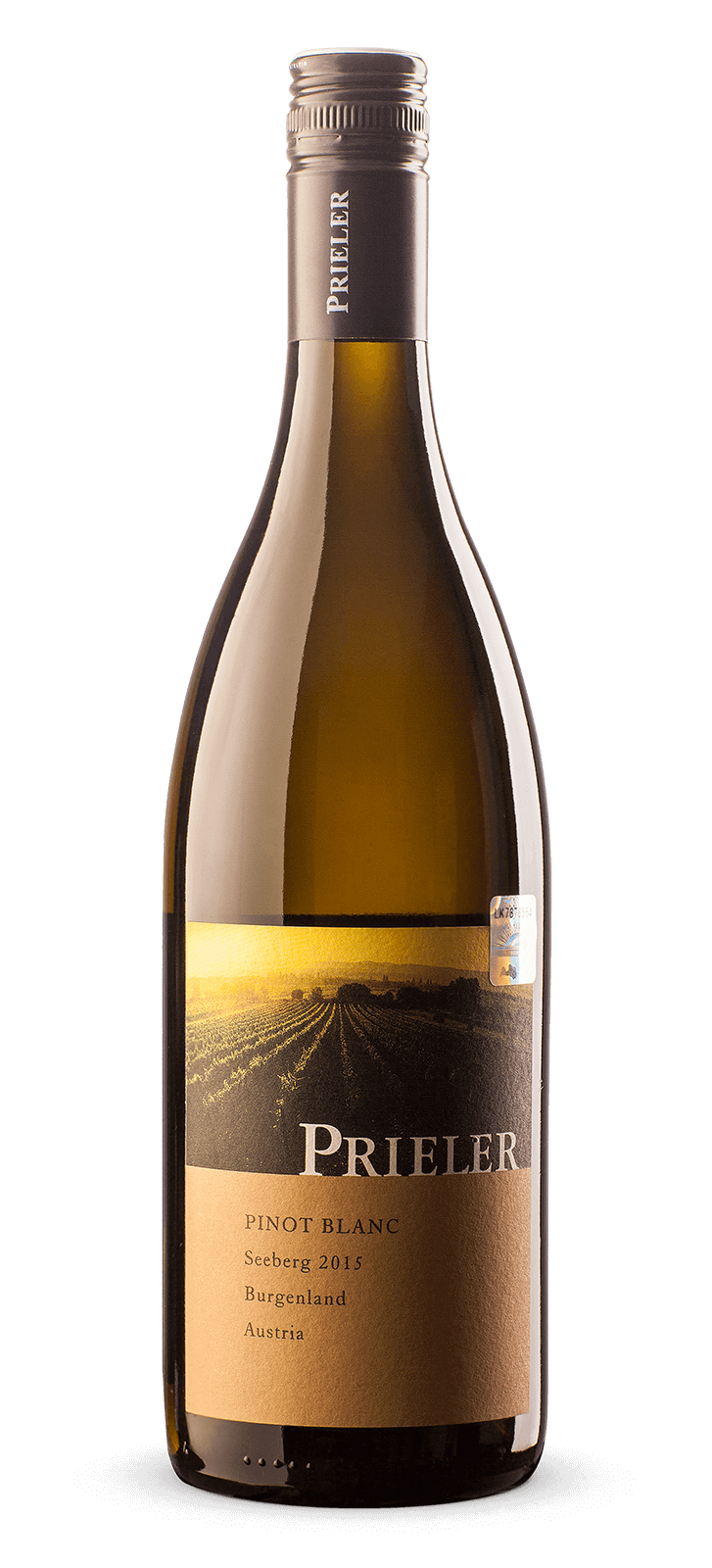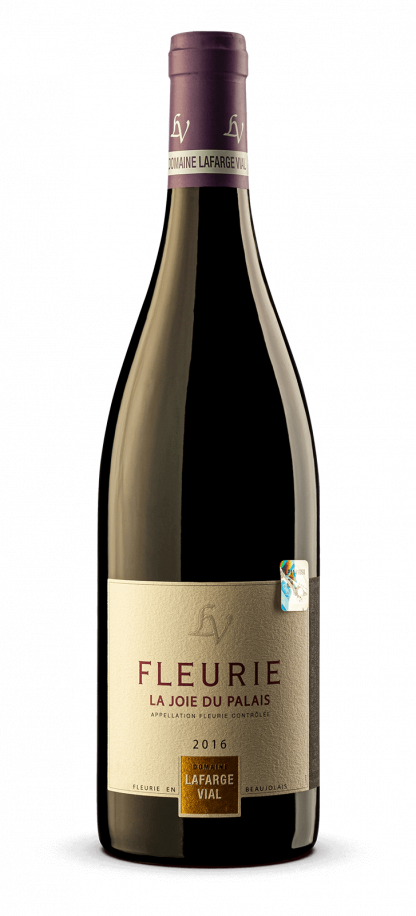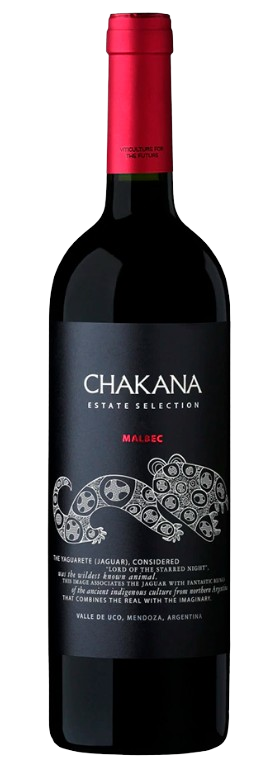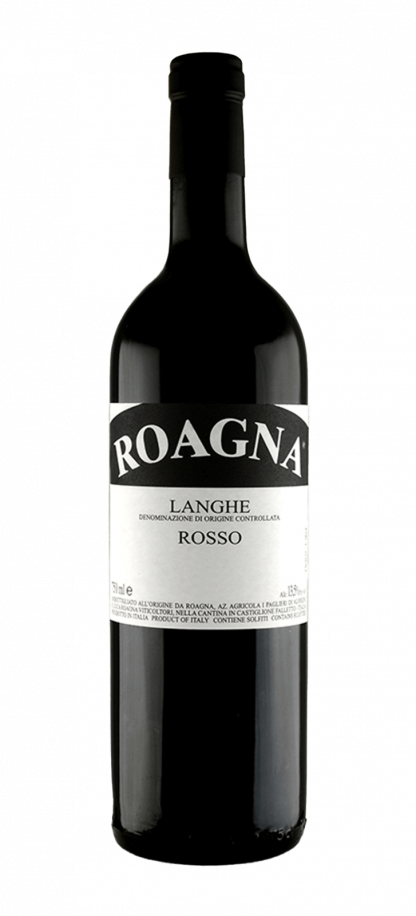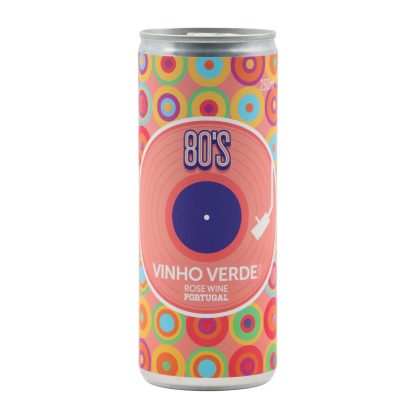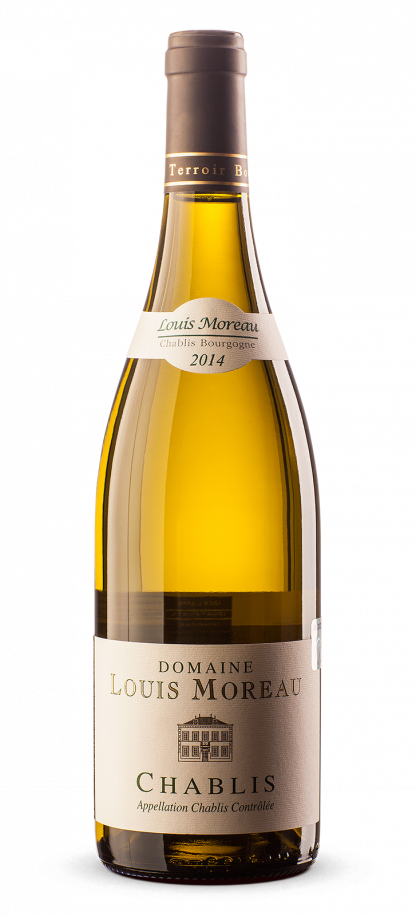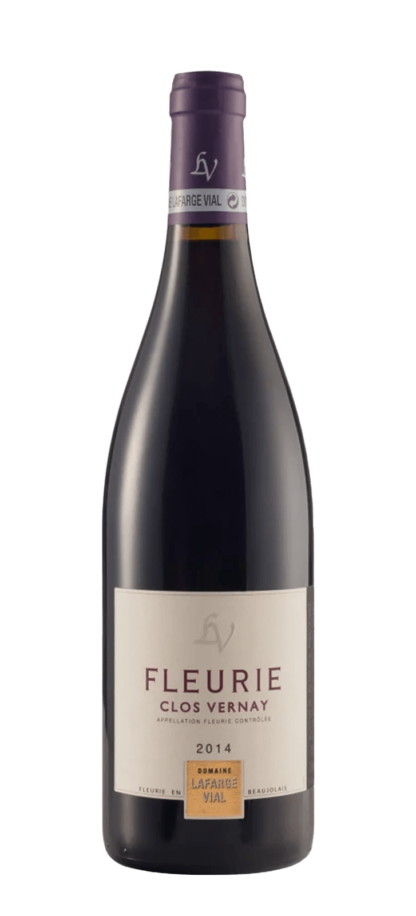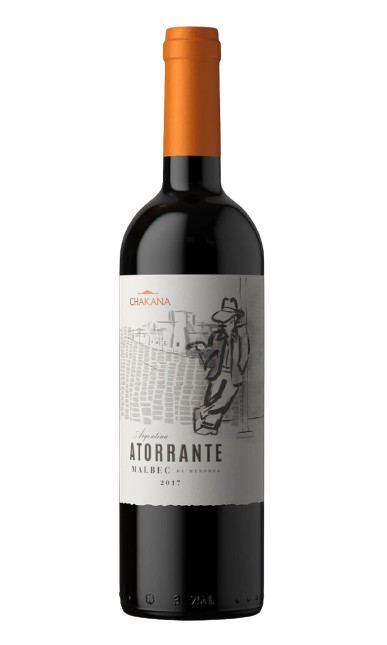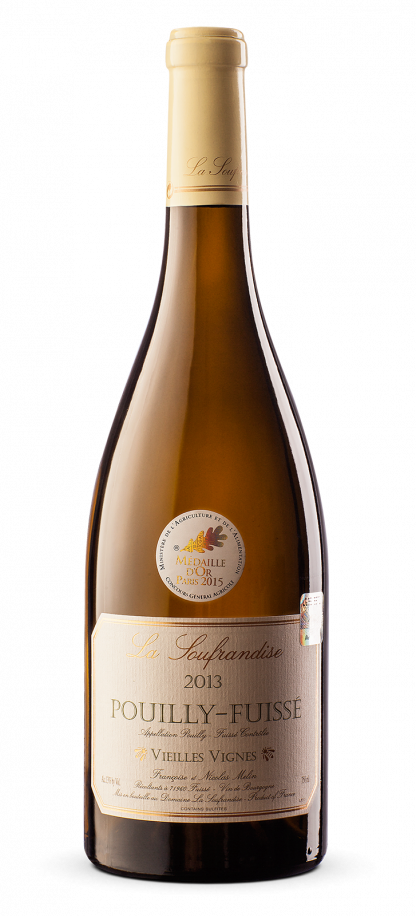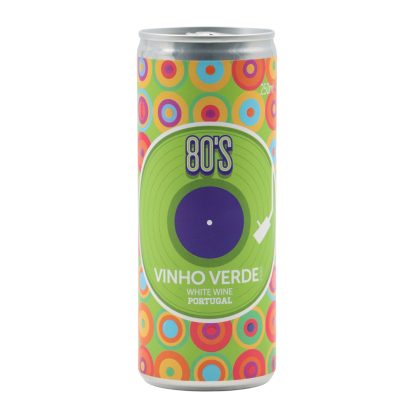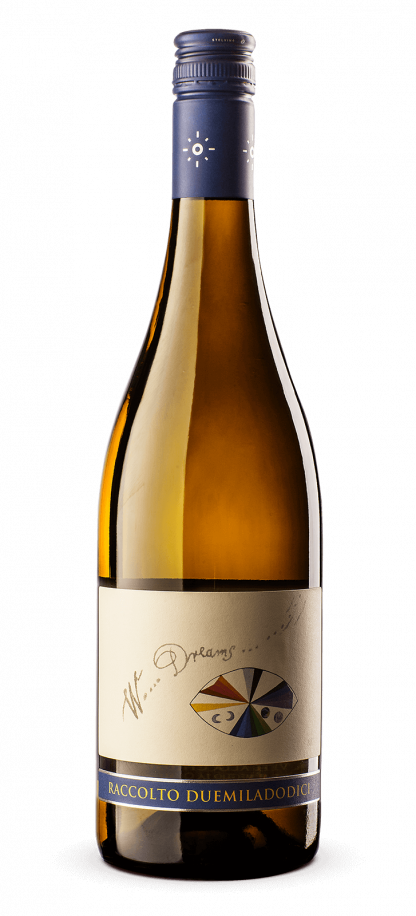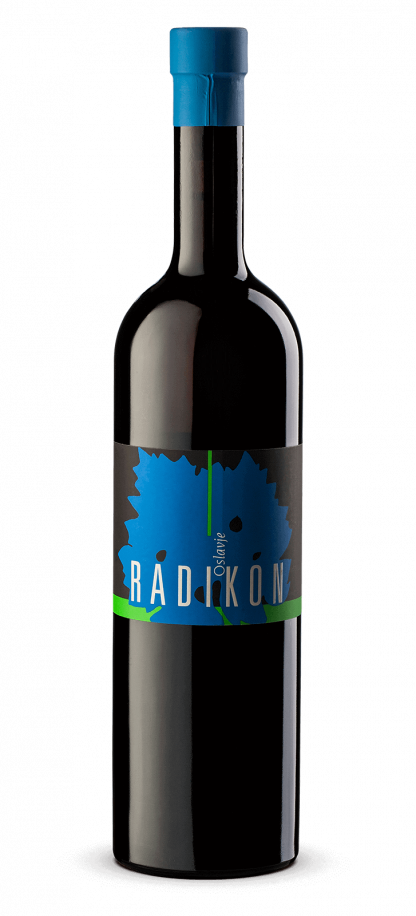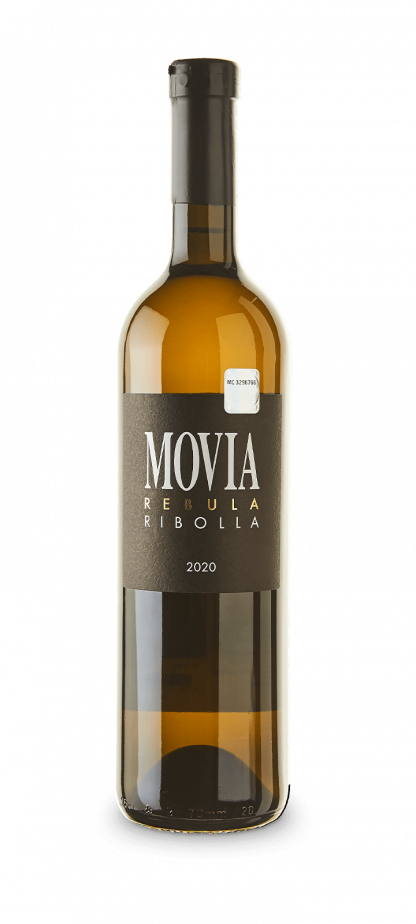Prieler Pinot Blanc “Seeberg” 2021
The 2021 “Seeberg” unfolds with an elegant bouquet of white flowers, green apple, and a touch of citrus, leading to a palate that is both rich and crisp, with flavors of ripe pear, peach, and a subtle hint of almond, complemented by a refreshing mineral finish. This Pinot Blanc is celebrated for its complexity, creamy texture, and the seamless integration of acidity, making it a versatile and sophisticated expression of the varietal. Its depth and elegance make it a standout choice for those seeking a white wine with character and finesse.
Pairing the Prieler Pinot Blanc “Seeberg” with dishes such as baked cod, chicken piccata, or a spring vegetable risotto can enhance the wine’s fruit nuances and mineral complexity. It also pairs beautifully with soft, creamy cheeses, creating a delightful interplay of textures and flavors that highlight the wine’s creamy texture and balanced acidity. These food pairings not only complement the wine’s profile but also underscore its ability to elevate a dining experience, making it a versatile companion to a wide range of culinary styles.
28 in stock






